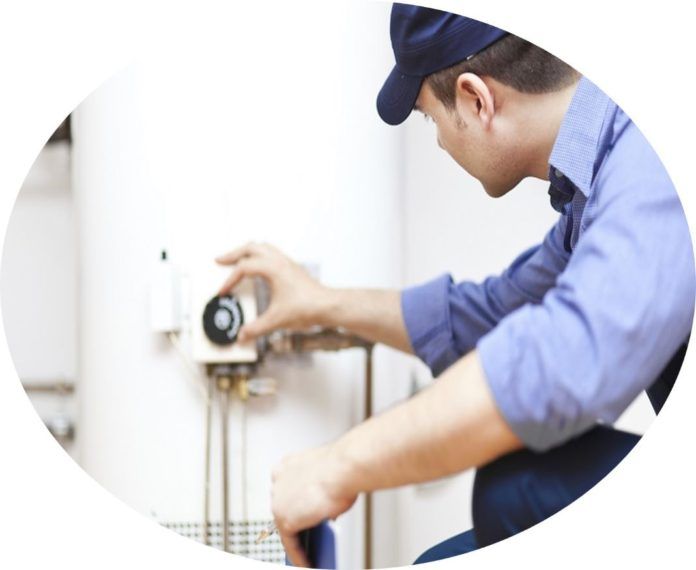
Liquid Gas UK is urging consumers to check that they have a full tank of fuel as the colder months approach to minimise the chance of disruption to supply – and offered other tips ahead of the heating season.
Energy minister Kwasi Kwarteng has joined Liquid Gas UK in encouraging users of LPG for heating to prepare for winter by checking their boilers and ensuring their LPG tanks are full prior to the onset of winter. This year’s warning comes as the health risks of a cold winter are expected to be more severe with COVID-19, emphasising the need for people to ensure that they keep their homes warm and dry. By preparing in advance and topping up the tank, consumers can keep themselves, and those around them, safe during the colder season, it said.
George Webb, chief executive of Liquid Gas UK, said: “This year the UK has experienced several extremes in weather, heavy rain and flooding at the start of the year was followed by a long heatwave and unseasonal thunderstorms. We also had the coldest bank holiday August on record. This winter could prove equally extreme. While we cannot be sure what to expect, it is important that LPG consumers are prepared for whatever the winter may throw at us this year.
“This year we have the added dimension of a once in a century global pandemic and although there is still a lot to learn about the virus, it makes it all the more important that consumers have a reliable and consistent source of energy to heat their homes. Its vital consumers act now to ensure their equipment is working efficiently.”
Top ten tips to offer homeowners getting ahead of winter:
- Check your LPG levels – if you order LPG yourself please look at the tank level now and consider ordering from your supplier as soon as possible. Going into winter with a full tank will be more cost effective, provide peace of mind and it means that when it turns cold you needn’t worry about your energy supply.
- Check if you are on an automatic top up system with your LPG supplier – you may already be on an automatic top up system whereby your LPG supplier will take account of your needs and top up your tank when you need it – but if you aren’t on this system, you may want to check if this service is available to you.
- Speak to your supplier about payment plans – If you have concerns over your energy bills for the winter period, contact your supplier to talk about the options available to you, such as winter payment plans.
- Give your boiler a service – make sure your boiler and any other gas appliances are serviced every year by a Gas Safe registered engineer. This ensures that they run at their most efficient and are kept in tip-top condition.
- Bleed your radiators – bleed your radiators to release any air that is trapped in them. This will improve your heating efficiency instantly as hot water can flow into every part of the radiator, so it does a better job of warming your room.
- Draft-proof your home – draughty external doors are responsible for 15% of heat loss in the home. Draft-proofing is a cheap and easy way to prevent heat loss. Hanging thick curtains over the door will also help to trap heat inside. Close all the curtains as soon as it gets dark to prevent heat escaping through windows.
- Insulate – loft insulation is a straightforward job which will dramatically cut the heat loss from your home. Also insulate your hot water tank by fitting it with a thick jacket – the thicker the better – this can reduce heat loss by up to 75%.
- Use a programmer – use a programmer to set when the heating and hot water come on and go off based around your routine. By heating your home and hot water only when necessary, you’ll save energy and money.
- Lower your thermostat – lowering your thermostat setting by just 1°C could save you money, however, ensure that a minimum temperature is maintained of 21°C in living rooms and 18°C in bedrooms.
- Consider replacing your boiler – if your boiler is 15 years old or more it could be time to replace it. Make sure you choose an energy efficient condensing boiler which could cut your heating bills significantly and achieve running efficiencies of 90%.
